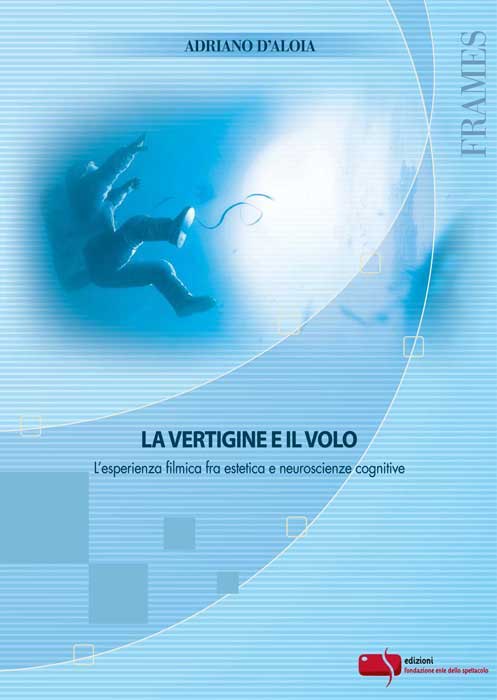La vertigine e il volo. L’esperienza filmica fra estetica e neuroscienze cognitive


Dalla camminata in precario equilibrio di un funambolo alla passeggiata spaziale di un astronauta sospeso nello spazio siderale, questo libro offre un vertiginoso percorso nelle forme con cui il cinema contemporaneo continua a coinvolgere lo spettatore intensificando le sue percezioni e le sue emozioni. Per la prima volta nell’ambito degli studi sull’esperienza filmica, il paradigma della cognizione incorporata e il concetto di simulazione incarnata vengono adottati per descrivere la relazione dello spettatore con i personaggi e con i mondi della finzione cinematografica, in un serrato dialogo fra teorie del cinema, estetica e neuroscienze cognitive. Acrobazia, caduta, impatto, capovolgimento, deriva sono le cinque tappe di questa esplorazione, quasi un unico movimento che si origina nella capacità del film di stimolare la corporeità dello spettatore e precipita verso il senso più profondo e umano dell’atto di partecipare empaticamente alle vicende del personaggio.
La vertigine e il volo. L’esperienza …

